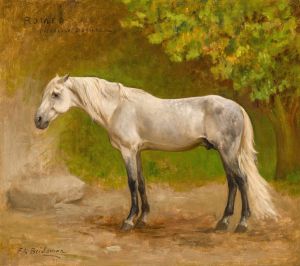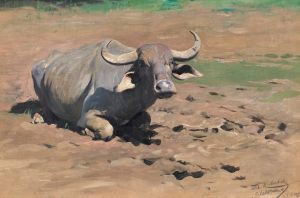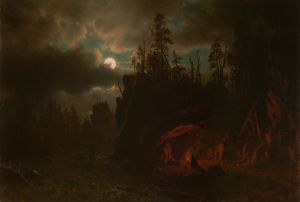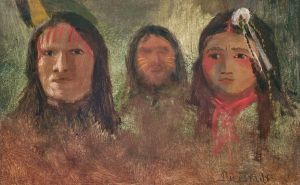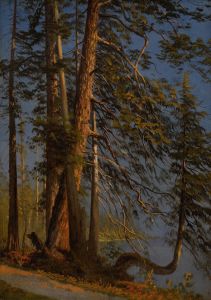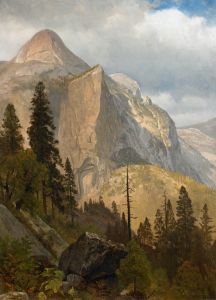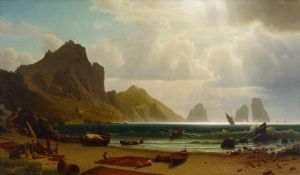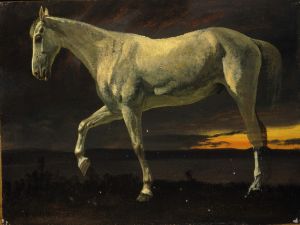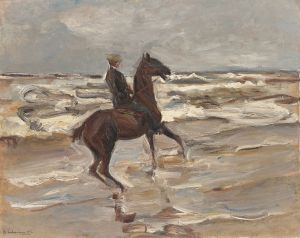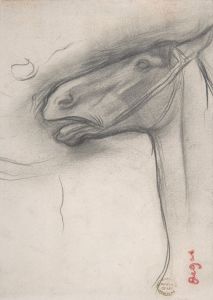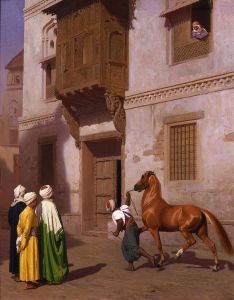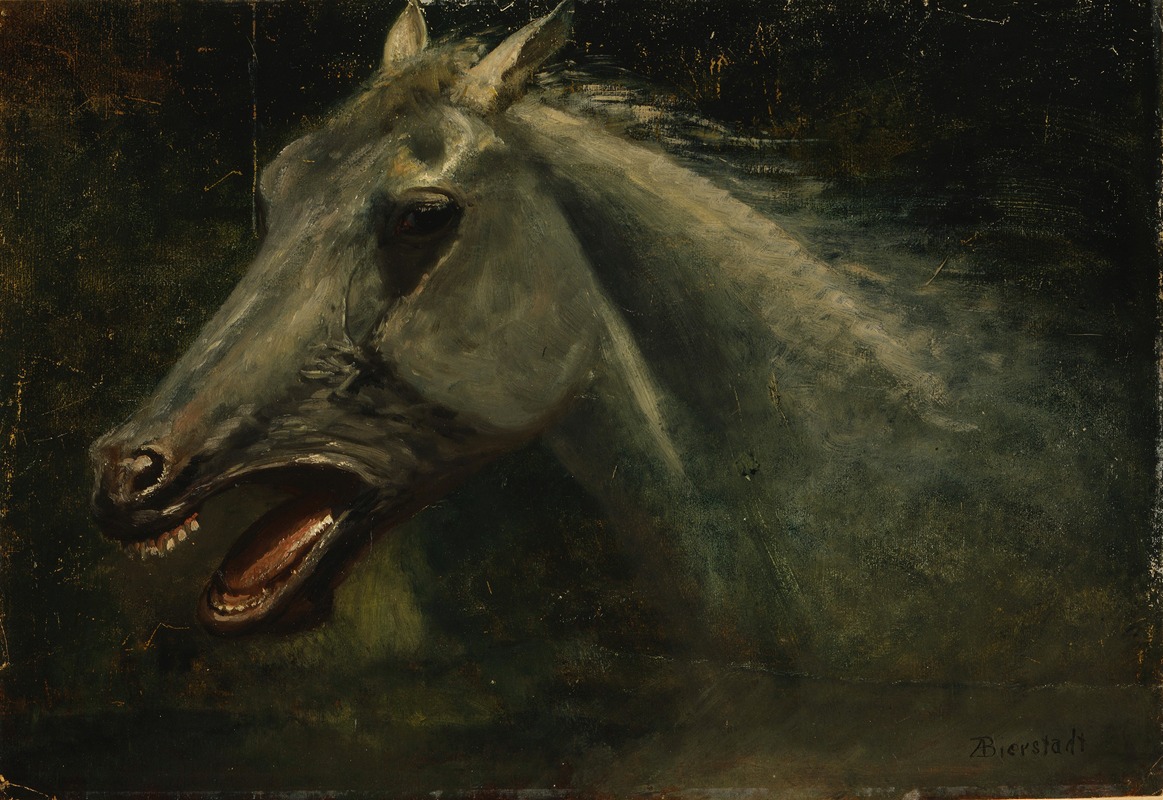
A Wild Stallion
A hand-painted replica of Albert Bierstadt’s masterpiece A Wild Stallion, meticulously crafted by professional artists to capture the true essence of the original. Each piece is created with museum-quality canvas and rare mineral pigments, carefully painted by experienced artists with delicate brushstrokes and rich, layered colors to perfectly recreate the texture of the original artwork. Unlike machine-printed reproductions, this hand-painted version brings the painting to life, infused with the artist’s emotions and skill in every stroke. Whether for personal collection or home decoration, it instantly elevates the artistic atmosphere of any space.
Albert Bierstadt was a renowned 19th-century American painter known for his large landscapes of the American West. However, specific information about a painting titled "A Wild Stallion" by Albert Bierstadt is not readily available in historical records or major art collections. Bierstadt's oeuvre primarily consists of grandiose landscapes rather than individual animal portraits, which makes a painting solely focused on a wild stallion somewhat atypical for his body of work.
Bierstadt was born in Solingen, Germany, in 1830 and emigrated to the United States with his family in 1831. He grew up in New Bedford, Massachusetts, and later returned to Germany to study at the Düsseldorf School of Painting, which was known for its detailed and realistic style. Bierstadt became part of the Hudson River School, a group of painters who focused on romantic landscapes.
His most famous works include "The Rocky Mountains, Lander's Peak" (1863) and "Among the Sierra Nevada, California" (1868), which capture the vastness and beauty of the American wilderness. These paintings are characterized by their dramatic use of light and meticulous attention to detail, often idealizing the landscapes they depict.
Bierstadt's work played a significant role in shaping the perception of the American West during the 19th century. His paintings were instrumental in promoting the idea of Manifest Destiny, the belief that the expansion of the United States across the American continents was both justified and inevitable. His depictions of the West were often romanticized, presenting an untouched and majestic wilderness that was ripe for exploration and settlement.
While Bierstadt did paint animals within his landscapes, they were typically part of a larger scene rather than the sole focus. His paintings often included wildlife such as deer, bison, and birds, which added to the sense of natural grandeur and untouched wilderness. If "A Wild Stallion" were indeed a work by Bierstadt, it would likely reflect his style of incorporating animals into a broader landscape context.
Bierstadt's legacy is that of a painter who captured the imagination of a nation and contributed to the mythology of the American frontier. His works are held in major collections, including the Metropolitan Museum of Art in New York and the Smithsonian American Art Museum in Washington, D.C.
In summary, while Albert Bierstadt is a well-documented artist with a significant impact on American art, specific details about a painting titled "A Wild Stallion" are not available. His known works focus more on landscapes with animals as part of the scene rather than as standalone subjects.





